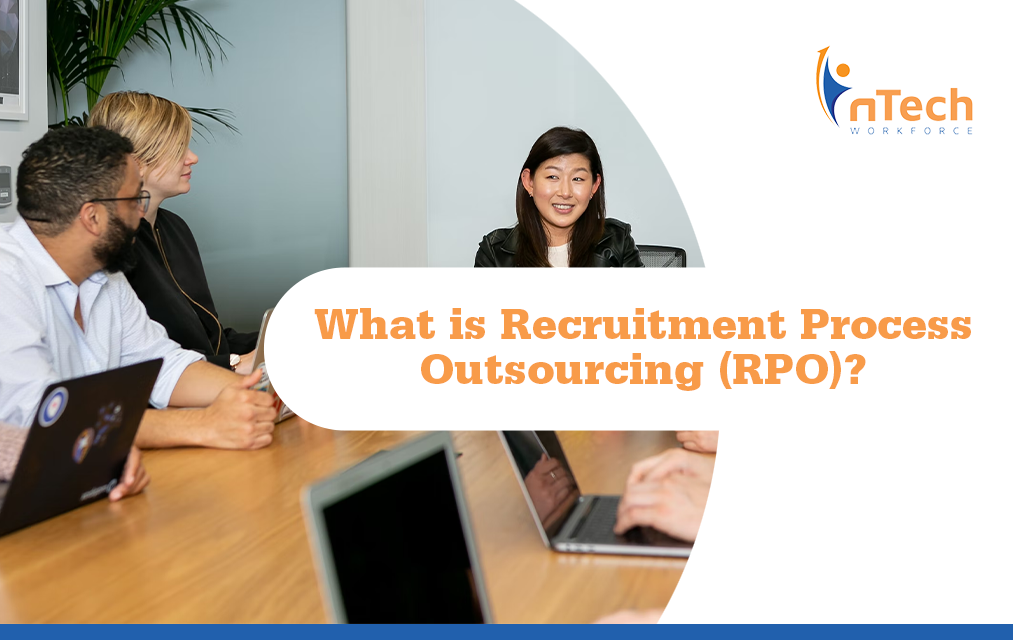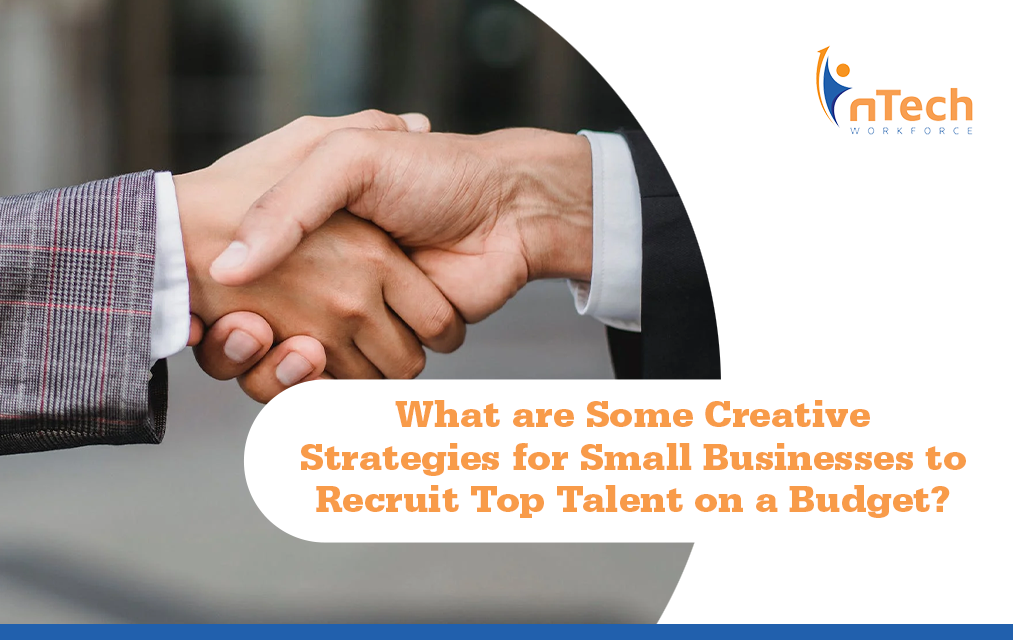What is Recruitment Process Outsourcing (RPO)?
Recruitment Process Outsourcing (RPO) is a solution in which a business transfers its recruitment functions to an external provider. An RPO provider...
2 min read
![]() nTech Workforce
:
Mar 12, 2020 12:00:00 AM
nTech Workforce
:
Mar 12, 2020 12:00:00 AM

Since 1940, the staffing industry has enabled buyers to scale their recruitment framework, for both internal (employees) and externally managed (contract) workers. The service model was consistent until around 2005 when vendor management system (VMS) technology was widely adopted, added visibility into the external workforce, and enabled buyers to scrutinize a disproportionately large category of spending: contract labor. Then, the largest staffing service providers adapted by scaling their services and reframing their businesses to be managed service providers (MSPs) to meet the needs of customers – still maintaining their staffing divisions.
According to the 2019 Global Human Capital Trends report by Deloitte, about half of major corporations have an existing framework for engaging their extended workforce. MSPs often hold these master contracts and control staffing supplier selection, the sourcing process, individual worker projects, and the dialogue around services procurement at various industry conferences. These are multi-year contracts – often valued at hundreds of millions or billions of dollars, and to transition these contracts requires a significant investment of dollars and time. Consequently, MSP incumbents are often re-awarded contracts, have a foothold and monopolization on extended workforce sourcing, and their complacency or reluctance to change stifles disruption, despite buyers’ continuous requests for better value, increased efficiency, and more competitive pricing. The dialogue at conferences includes AI, machine learning, blockchain, direct sourcing, etc. – but little change occurs.
Despite challenges with adoption, talent curation, referral management, and pay-rolling & vendor compliance service channels can co-exist with MSPs, improve recruitment effectiveness, and mature workforce planning. Put simply, the service provider will forecast job vacancies and cultivate relationships with direct-sourced talent to fill job vacancies – and this is done within an incumbent MSP’s environment. At an elevated level and a generalization, the process for the service provider should look something like this:
Until around 2016, this approach was limited by technology. Since then, new HR tech has enabled key components of direct-sourcing, candidate nurturing, and talent curation with automation and machine learning; this technology is a force multiplier for direct-sourcing efforts, enabling service providers to focus their efforts on quality and efficiency – bolstering their value and earning a place within your recruitment framework.
And while these services can operate in full harmony with MSPs, most often they are instead perceived as a threat. The nature of direct sourcing is to reduce the impact of external service providers, and the high-touch delivery model surely diminishes the role of an MSP which may instead become a bottleneck for obtaining direct-sourced talent. After all, MSPs are often paid a percentage of managed spend, and your savings mean they forfeit considerable revenue through these models. A best practice is that direct-sourced talent is employed and managed by a pay-rolling service provider, but the ecosystem is yours (i.e., your brand, your data).
These programs do not eliminate the need for traditional staffing services but have the potential to fill upwards of 2/3 of vacancies (whatever can be forecasted) when implemented in full force, significantly improving the effectiveness and efficiency of your recruitment framework and reducing the impact of service providers. Adjusted program savings range from 1-3% in the first year to a forecasted plateau of about 10%.

Recruitment Process Outsourcing (RPO) is a solution in which a business transfers its recruitment functions to an external provider. An RPO provider...

Correctly classifying workers can be a challenging task. Many companies assume that if a professional is open to functioning as an independent...

Small businesses can face many challenges, among the top is recruiting. The U.S. has been fluctuating around full employmentsince 2018, which has...